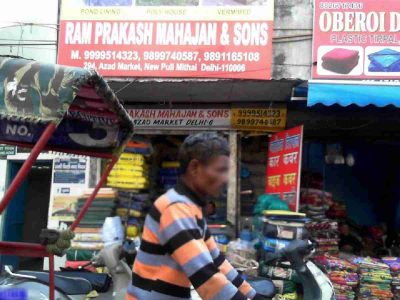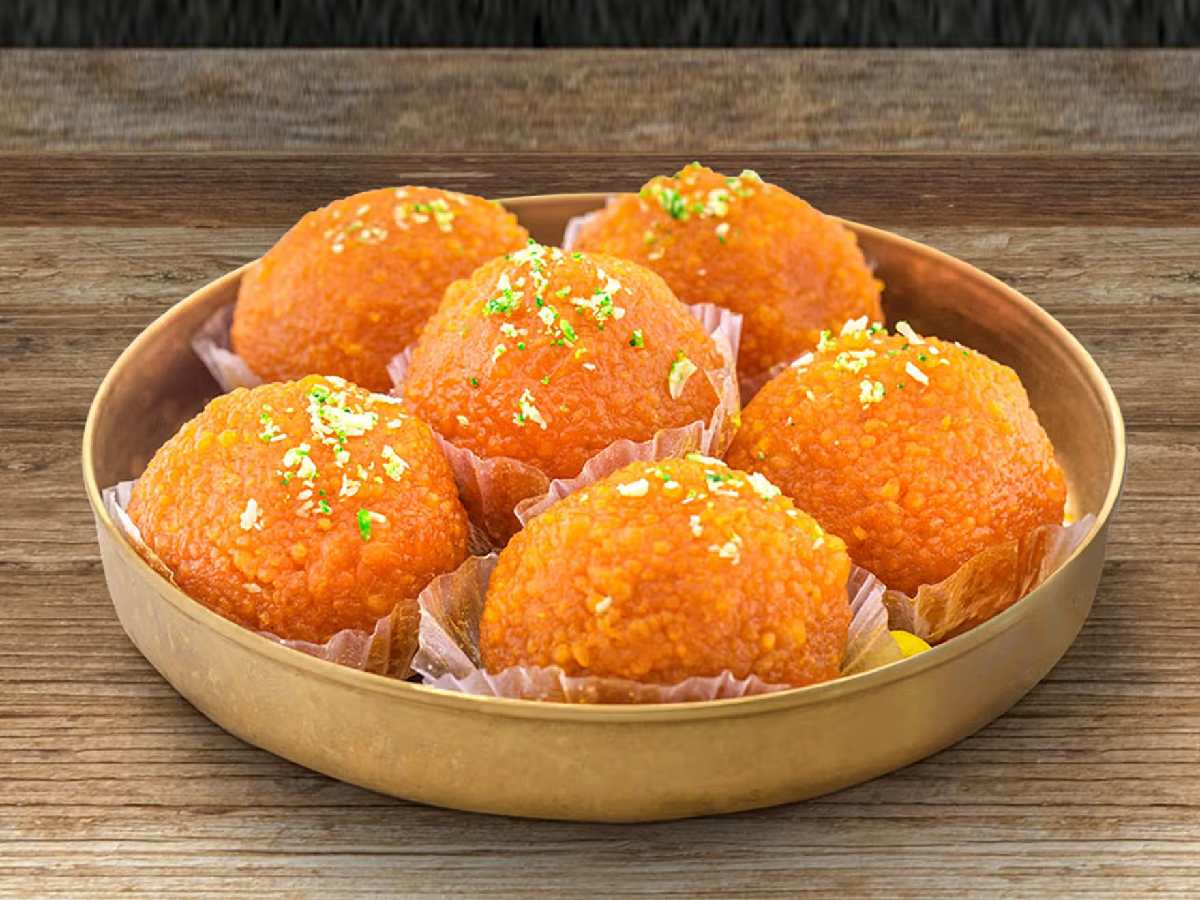In a city as old and vibrant as Delhi, place names carry stories and expectations. Some places seem to offer exactly what their names promise—like Chandni Chowk, a market brimming with hustle and history. But other names can be more deceptive, painting a picture that reality doesn’t quite live up to.
Let’s take a journey through some of Delhi’s most ironically named neighbourhoods—places where sweets are expected in abundance but are curiously absent.
Where are all the Laddoos?
Laddu Ghati- the very name evokes images of a neighbourhood filled with boondi or besan laddoos, especially with Diwali approaching. You’d expect shops overflowing with these traditional treats, ready to serve eager customers. But when you arrive at Laddu Ghati, located in the bustling Paharganj area, you’re met with a stark reality: not a single shop here specialises in laddoos. Instead, you’ll find stores selling mathri, namkeen, and shakkar pare, supplied to various parts of Delhi-NCR.
The origins of Laddu Ghati’s name are shrouded in mystery, and even locals can’t provide a satisfactory explanation. “People ask me all the time if this area has many laddoo shops,” says Shayam, a long-time resident of Paharganj. “When I tell them no, they can hardly believe it. Laddu Ghati has no laddoos at all!” Even Shayam buys his sweets from Bhagat Singh Market in Gole Market for Diwali.
A sweets hub that never was
Pul Mithai is another neighbourhood that misleads with its name. Located near Delhi Junction and Qutub Road, the name suggests a bustling hub of sweet shops, filled with a wide variety of mithai. You might imagine being able to buy ladoos, jalebis, and other confections by the kilo. However, Pul Mithai delivers none of these delights.

Pul Mithai is, in reality, a chaotic area overrun by traffic and crowds, with no notable sweet shops in sight. “I’ve lived here for 75 years,” says Nand Kishore Jaiswal, a resident of the nearby Mor Sarai Railway Colony. “I don’t remember a time when there were many mithai shops here. People think the name means this area is filled with sweets, but that’s not true.”
Also Read: The fading tradition of shakkar ke khilone in Old Delhi’s Diwali celebrations
Today, Pul Mithai is known for its shops selling spices, dry fruits, and grains, but the sweet history of the area seems lost. Strangely, there is also a historical curiosity here—the bridge that gave Pul Mithai its name was constructed in 1783, long before the first railway line was established in the 1860s.
The name is all you get
If you’re in the mood for crispy, syrupy jalebis, you might head towards Jalebi Chowk in Sultanpur Majra or near Gurudwara Rakabganj Road. But once again, the name is misleading. Jalebi Chowk in Sultanpur Majra is nothing more than a name, without a single jalebi vendor in sight. Even worse, the so-called Jalebi Chowk near Gurudwara Rakabganj Road doesn’t officially exist—though locals still use the name despite no jalebis being sold there.
In both cases, the names evoke a sweet expectation, but the reality is just another example of how Delhi’s place names can sometimes play tricks on you.
Where tradition lives on
Amid all these misleading names, there is one place that does live up to its promise—Gali Batashan in Khari Baoli. This narrow street has been supplying batasha (sugar candy) for generations, especially during Diwali when batasha is essential for Lakshmi Puja.
Also Read: Diwali lights up Delhi’s temples, dargahs, churches, synagogues alike
“These are family-owned shops,” says Ashish Verma, a businessman from the area. “The families have been in the business for generations, making sweets using traditional methods and recipes passed down over the years.” The lane is lined with over two dozen shops specialising in wholesale batasha, available year-round, but especially in demand during the festive season.
Unlike the other places we’ve explored, Gali Batashan remains true to its name, preserving its identity through the continuity of tradition, quality, and affordability. Here, the name is not just a label, but a symbol of a longstanding heritage, passed down from one generation to the next.





